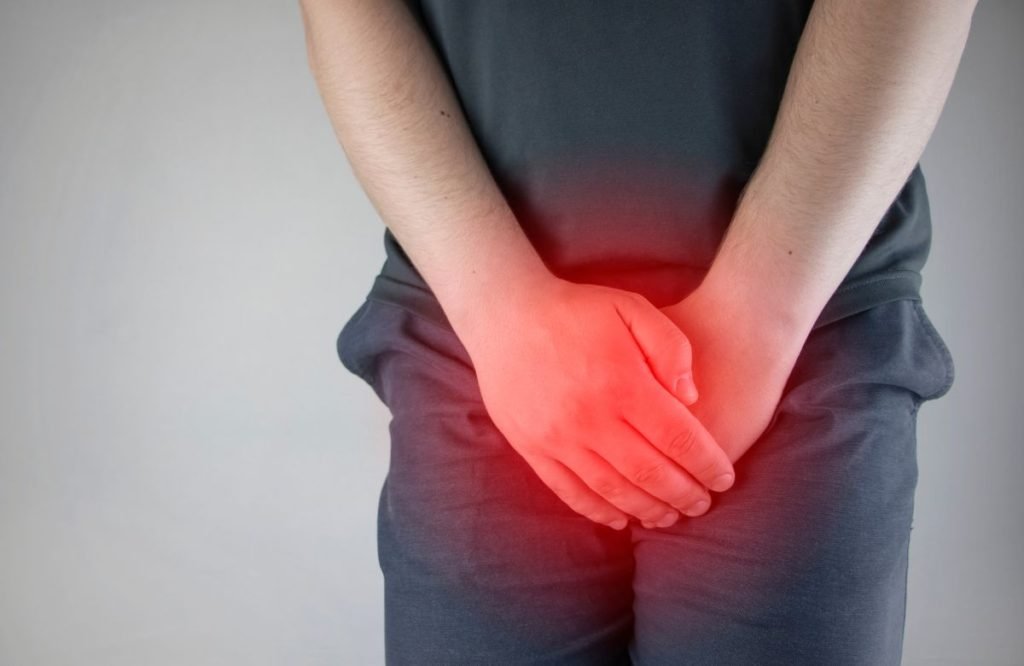Molescum is also known as Molluscum. The Molluscum contagiosum virus is a DNA poxvirus that is responsible for the development of molluscum contagiosum (MCV).

What is Molescum?
Molluscum contagiosum is a virus that causes a common skin condition that manifests as a papule or bump on the affected individual’s skin. Molluscum contagiosum virus is the name of the pox virus that is responsible for this condition, which can affect both children and adults (sometimes mistakenly spelt moluscum, molluscom, mulluscum, mollescum, molescum, molloscum). There is a possibility that it will resemble warts or pimples.
The virus is contagious and can be passed from person to person through close contact, the use of shared things like towels, through saliva, and also through public settings like swimming pools. It is easy to pass on from sibling to sibling and occurs more frequently in communities that have inadequate housing and excessive population density.
It typically manifests itself in children between the ages of 2 and 12 as a rash characterised by persisting pink/pearl-like/brown spots on the face, arms, and legs. The length of the rash can range from a few months to two years, with 9 months being the most common period. The virus will disappear of its own volition at some point in the future.
Molluscum contagiosum is more prevalent in children who suffer from atopic eczema, where it is known to cause a greater number of spots and to last for a longer period of time. In addition to this, it is more prevalent in the hot and humid tropical areas.
Molluscum contagiosum is a disease that, in adults, has the potential to be sexually transmitted (STD). Rashes caused by sexually transmitted diseases can manifest on the vaginal region, the thighs, and the lower abdomen. People who are immunosuppressed, such as those with AIDS, are particularly susceptible to contracting the disease since their immune systems are already impaired.
Molluscum contagiosum has an incubation period that can last anywhere from two weeks to eight weeks from the time the virus is first infected until the rash shows.
What are the indications and indications that you might have molluscum contagiosum?
- Various shades of pink, white, and brown, topped with a waxy dome
- Spots ranging in size from 1 to 6 millimetres. Spots may be glossy, and there may be a depression in the centre of each one.
- It’s possible that the rash will consist of several hundred patches, and it might itch.
- The rash can form on the face, neck, chest, armpits, arms, groyne, thighs, behind the knee, and on the backs of the hands in youngsters. In fact, the rash can appear everywhere on the body other than the palms of the hands and the soles of the feet.
- As the rash begins to improve, the affected areas may develop crusts or scabs.
Molescum Treatments Option
There are a few antiviral medications that are regularly used that are particularly well suited for the treatment of this illness. The majority of people who have this issue will get better on their own without the need for medical treatment unless it is severe and widespread.
It is essential to keep in mind that the appropriate medication for a patient must be selected on the basis of their unique set of symptoms; it cannot be assumed that the medication will be effective for other people. Some of the remedies are Thuja occidentalis, Dulcamara, Silica, Natrum Muriaticum, Causticum, Nitric acid, and Rhus Toxicodendron.
Molluscum contagiosum is a contagious skin disease that can be treated successfully with homoeopathy, particularly the severe variant.
- Since the virus cannot be treated, the rash will have to go away on its own accord.
- Freezing and scraping are two methods that can be used to eliminate larger and more persistent stains.
- It may be possible, in certain instances, to use a clean needle to extract the white waxy core of the spot.
- Creams that are homoeopathic or medications that treat warts, such as ZymaDerm or SilverCure, are examples of the kind of treatments that are sometimes recommended as a cure.
Complications and potential hazards
- Itching will result in the rash or papules becoming more widespread.
- Bacterial infection that occurs afterwards, more commonly in youngsters.
- Scarring.
- It may take up to five years for certain growths to vanish.
- It’s possible that the skin around it will get inflamed and develop dermatitis.
What kind of treatment options are available for my child, who has molluscum contagiosum?
- It is important to refrain from scratching the rash or the papules because this could lead to infection and scarring.
- After contacting the rash, gently wash one’s hands in order to prevent its transfer.
- Avoid being in swimming pools in order to stop the rash from spreading.
- In order to prevent the transmission of disease among children, teach them not to share objects such as towels, clothing, and other items.
- If a youngster has molluscum contagiosum, that child should not have a shower or bath with other people.
Children should be kept clean, and they should be reminded to wash their hands frequently.- In order to stop the spread of disease, you should keep youngsters away of shared bathtubs and swimming pools.
- If spots develop into infections, using antiseptic swabs could be helpful.
- To help eradicate the lesion, one home remedy that may be effective is to place a cotton ball that has been soaked in cider vinegar directly on the skin for twenty-four hours.
- Get in touch with your healthcare provider once again if the rash worsens, lingers, or is accompanied by any other symptoms.





